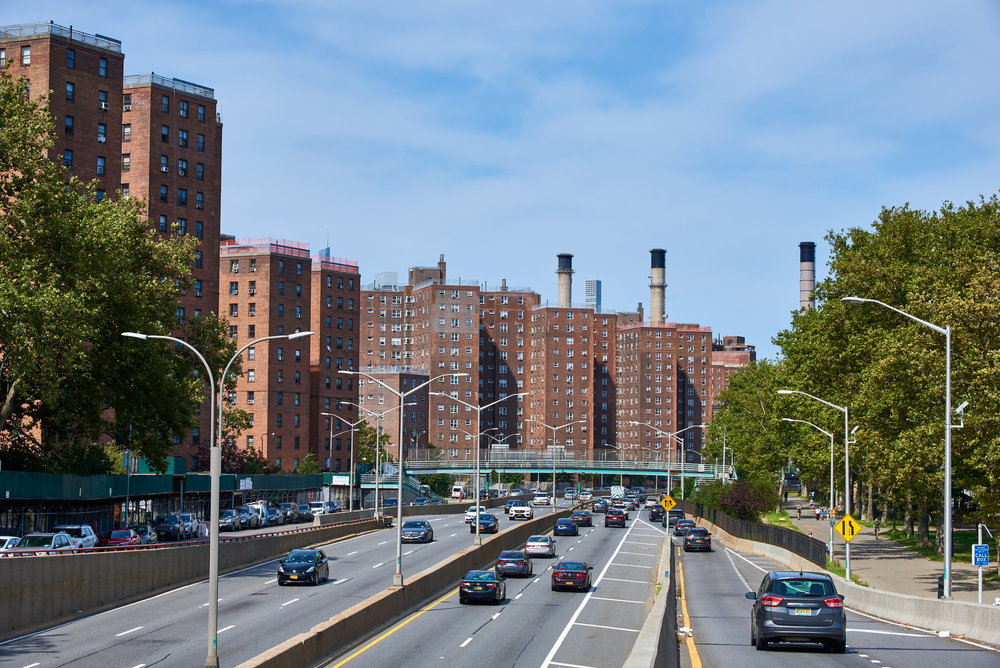NYC Has Water — and Comms — Crisis in Public Housing

New York City’s public-housing authority is under fire not just for tap water testing positive for arsenic at one of its largest apartment complexes, but for allegedly withholding that news. The incident shows both how unclear information can be during a crisis and how important transparency is, especially when you’re not exactly a trusted source.
Top managers of the New York City Housing Authority learned of the arsenic traces in mid-August, according to The City website, citing unnamed sources. The NYCHA has denied that. In any event, on Friday, Sept. 2, residents were warned arsenic levels exceeded federal standards and to not drink or cook with the buildings’ water.
The complex in question is the Jacob Riis Houses (pictured) in Manhattan’s East Village, with 1,727 households and 3,772 residents, according to The New York Times. The authority began testing in early August after reports of “cloudy” water, according to the Times.
Poison’s Presence
The residents are understandably livid — both about the poison’s presence and the apparent lack of disclosure, which some are calling a cover-up. There appears no reason the information should have been withheld. Granted, we’re in the realm of politics here, where finger-pointing and excuse-making are the norm, but still.
“When we spoke to the tenants on the ground, before the arsenic levels were public, they were already angry and exhausted,” Jumaane D. Williams, the city’s public advocate, said in a statement Saturday. “This news exponentially compounds that suffering.”
The housing authority’s excuse is that the tests weren’t confirmed until Sept. 2. That’s not good enough, especially given the agency’s history. It has been under federal oversight since 2016 after the Manhattan U.S. attorney accused it of hiding unhealthy conditions in public housing, including mold infestations and lead-paint exposure to children.
Warning Signs
Given its track record, the NYCHA really should have bent over backward to be forthcoming with the residents. A major part of crisis communications is heeding the warning signs.
Then there’s New York City Mayor Eric Adams. He quickly raced to the scene on Sept. 2 to hand out water bottles and (not coincidentally) take no questions from reporters. He viewed the residents’ pain as a photo op. Adams says he wasn’t informed about the arsenic. As Politico put it, “officials in Mayor Eric Adams’ administration are facing questions about what they knew and when they knew it.”
Over Labor Day weekend, the federal monitor warned the housing authority not to destroy documents related to the situation, according to press reports. The mayor’s office Monday said further testing showed negative results in places that previously tested positive, though residents are still being warned to shun the water.
Photo Credit: John Penney/Shutterstock
Sign up for our free weekly newsletter on crisis communications. Each week we highlight a crisis story in the news or a survey or study with an eye toward the type of best practices and strategies you can put to work each day. Click here to subscribe.




 Back to Blog
Back to Blog